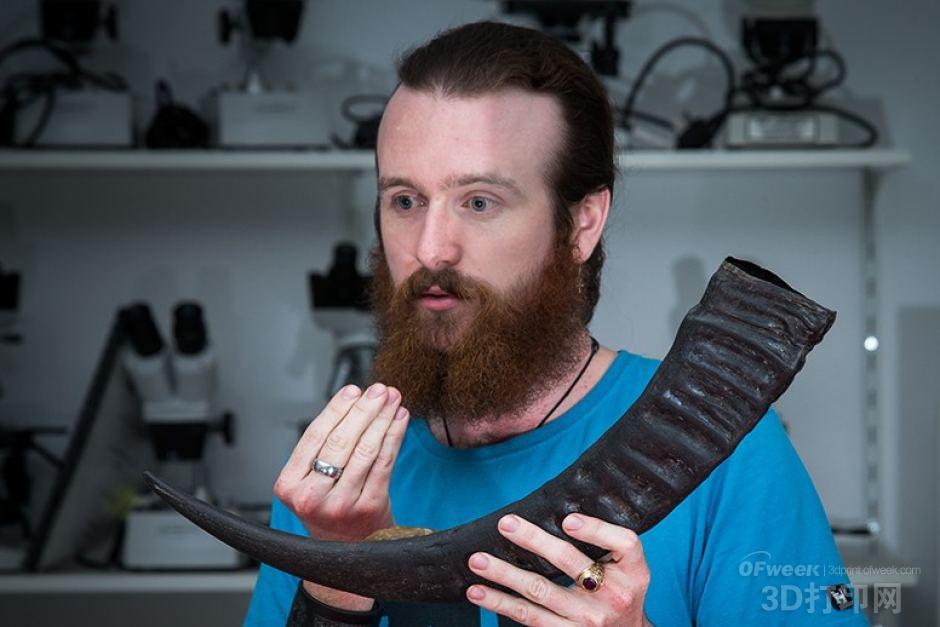3D printing is often considered a future manufacturing tool, but that doesn't mean it can't have archaeological purposes. Today's historians and archaeologists are beginning to enjoy the benefits of this rapidly evolving technology. Recently, the archaeologist Billy ó Foghlú of the University of Canberra in Australia used 3D printing to reconstruct damaged historical artifacts. The result was a major discovery! He succeeded in proving that his 3D prints were often considered artifacts at the end of the Irish spear and actually turned out to be part of the instrument. The problematic artifact was Navan's tapered spear tail, which was discovered in Ireland in the early 20th century and is believed to have been made sometime between 100 BC and 200 AD. This is also a common situation in many historical relics - only a small piece of them is found, so archaeologists have to rely on their knowledge to guess what it might be. And a hundred years ago historians and archaeologists focused more on war and dynasty than on social culture, so this small artifact was quickly imagined as a part of a spear. But Billy proves that after a perfect copy of it with a 3D printer , you can discover its true purpose. Billy explained that he scanned the original film and printed it through a 3D printing studio in Sydney. Then Billy made a bronze replica of the artifact using this 3D print as a mold. “It took me only a week to finish it all, it’s almost exactly the same as the original,†he said. Soon, it turns out that it actually matches well with another replica that is also a horn of the artifact. "I also copied a horn, it is more than two meters long, I also simulated its metal thickness... Then I put the thing that is considered to be the end of the spear on it, and Trying to play it.†Mr.óFoghlú said, “Suddenly, this instrument came alive.†It not only made óFoghlú play more comfortable, but also gave the horn a wider range. Obviously, it is actually a horn, or the mouthpiece of an ancient instrument. The leftmost is the original artifact, the rest is a 3D printed copy Such mouthpieces are common in Europe during the Bronze Age, but only a handful can be found in Ireland. This finding shows that the Irish culture places more emphasis on music than previously thought. “These horns are not used for hunting or just making loud. They build and repair it very carefully and are often played for hours. Music now plays a significant role in its culture,†he said. This is part of a research paper recently published by óFoghlú in Emania. Single Jersey Fabric,Knitting Warp Fabric,Fashion T-Shirt Jersey Fabric,Plain Dyed Jersey Fabric Zhejiangxingyuanda Textile co.,ltd , https://www.xingyuandatex.com

